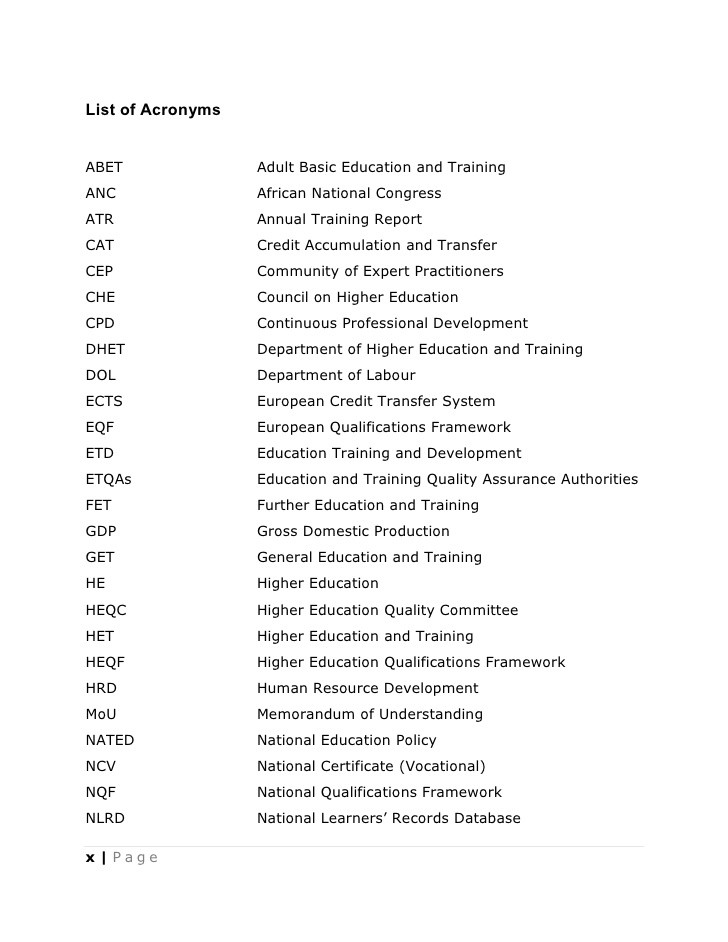Human capital portfolio management and simple math
Post on: 1 Июнь, 2015 No Comment

A ventures viability really comes down to a bet on a team to deliver. It is the interpersonal process where venture performance is most impacted.
Modern portfolio theory allows investors to maximize return and minimize risk. The goal is to estimate both the expected risks and returns, as measured statistically, as investment accumulation. Why use a portfolio? To mitigate the risk of putting all your eggs in one basket or all your money on only 1 venture.
With a portfolio, asset risk spread across the entire portfolio and the portfolio represents an accumulated risk of the individual assets. The average of all the returns in the portfolio outperforms the downside risk of any one investment tanking.
You can sacrifice the potential upside of betting on that one great stud, but by investing in a portfolio, you sleep better at night because you prevent the wild swing of that studs downside (you might think of that as the persons motivation).
Portfolio of Options to Manage a Portfolio of Risk
If equity and financial models are built for diversification and balancing the spread of risk, why is there such a continued haphazard approach to human capital or talent management?
Risk, anything that can positively, or negatively, affect the project, in a human capital portfolio is made of the combined risk of all the assets. Each person added to a team adds to or mitigates risk. With a portfolio view you build a diversification, not as compliance, but as business competitive advantage.
When we recruit people we really have to look at a persons fit on at least 4 levels:
- person to job;
- person to team;
- person to manager; and
- person to culture
Using simple math lets see what we can deduce, if anything.
If we assign each criteria a number from -1 to 1. With -1 being the lowest fit, +1 being a perfect fit, and 0 being a guess either way. What might a candidate look like with the following scores:

- person to job: 0.8
- person to team: -0.3
- person to manager: 0.2
- person to culture: -0.1
Clearly the candidate matches the jobs technical requirements, great for the line of work that does not involve interaction, but clearly of little help to the rest of us working with each other and building teams. How would this candidates scores average?
[(0.8) + (-0.3) + (0.2) + (-0.1)] / 4 = 0.15
Look at the impact fit to team, fit to manager, and fit to culture affects the candidate. Heres a practical question, would you accept less in a job fit for team, manager, and/or culture fit?
Portfolio of Options to Manage a Portfolio of Uncertainty
As a 2nd step, how does adding this candidates score to your current portfolio of workers affect risk? At the team level? At the company level? Is this score above the average or below the average? How does this persons score contribute to the overall portfolio?
It is a quantified view, yes, but merely a framework. This framework is best for having business discussions on what really is important in recruiting and what factors can impact decisions.
What if we modify the above formula and create a weighted average to assign higher weight to certain criteria:
0.2 * (0.2k + 0.5s + 0.3a) + 0.8 * [(M+C) / 2]
Any guesses on this formula:
Well take a look at this alternative in an upcoming post.
The key I want to convey is that we are really not aware of risk without some method to identify human capital as quantifiably rigorous as we identify risk in a pool of financial options.
After all, the firm is only able to produce results through human capital. The firm does not create results through the capital asset pricing model .














